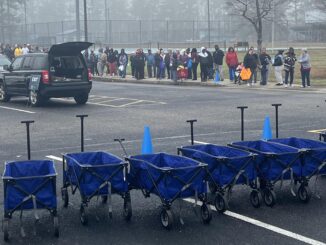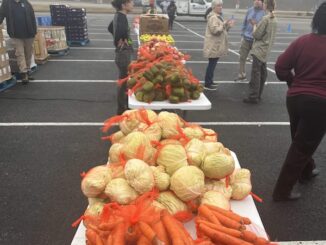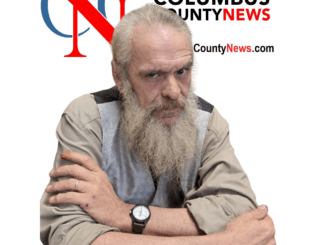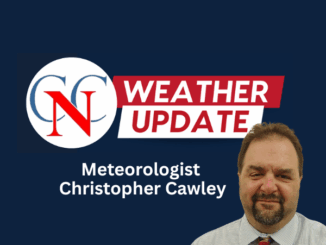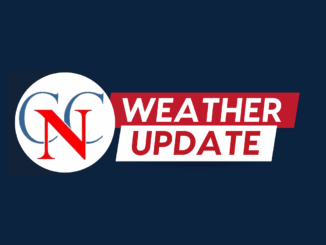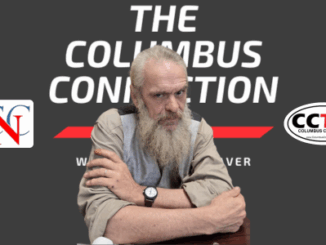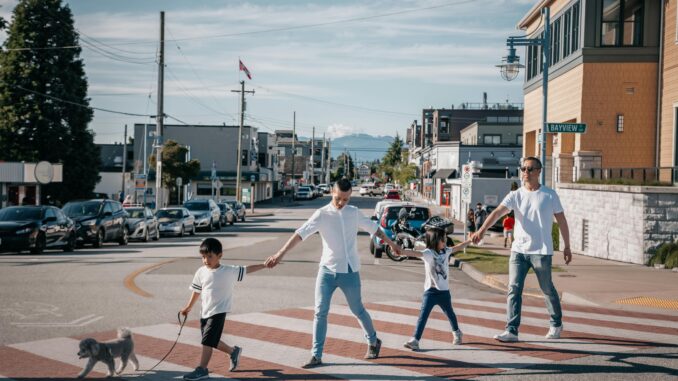
Road safety is a shared responsibility that affects every community member. High-traffic seasons bring unique challenges for drivers, pedestrians, and law enforcement. Increased travel during holidays or local events raises the risk of congestion and accidents. Communities can reduce risks by adopting proactive measures and encouraging responsible driving.
Local initiatives, education, and planning play vital roles in shaping safer environments. Collaboration between authorities and residents helps establish effective systems. When safety becomes a collective effort, the chances of accidents reduce. Preparing for peak travel seasons ensures that communities protect lives, property, and overall well-being consistently.
In this blog post, we will explore how awareness, infrastructure, policing, and legal support can enhance community road safety.
Promoting Safe Driving Habits Through Awareness Campaigns
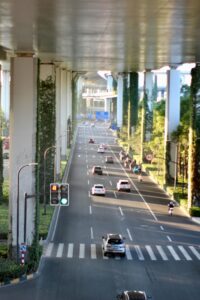
Community campaigns play a vital role in spreading road safety awareness. By reminding drivers about safe practices, they stay cautious and alert. Partnerships with schools and local organizations strengthen these efforts. Educational drives for young drivers are especially valuable, helping prevent distractions, speeding, and other risky behaviors during busy seasons.
Such initiatives are particularly important in cities like Cleveland, Ohio, which frequently host annual events, festivals, and community celebrations. During such peak times, traffic congestion is common, and even fatalities become common. For instance, during the long 4th July weekend, Ohio reported 10 crash-related deaths and more than 480 highway incidents. Authorities also issued thousands of seat belt citations and arrested hundreds for impaired driving, showing the dangers of high-traffic periods.
Due to such recurrent incidents, authorities in Cleveland often announce several traffic restrictions to avoid injuries and accidents. Recently, road closures were enforced during the Feast of the Assumption, Morgan Wallen’s concert, and the Half Marathon event. Officials also enforced strict parking rules to control congestion and ensure smoother traffic flow.
Sadly, even with enforcement, accidents still occur, leaving victims physically, emotionally, and financially drained. Many victims seek help from an experienced car crash attorney in Cleveland, Ohio. Legal support ensures fair claims and protects the victim’s rights.
According to Piscitelli Law Firm, victims often face medical bills, lost wages, and long recovery periods. They stress that timely legal action helps people understand rights and navigate post-accident challenges more effectively.
Improving Infrastructure and Road Design for Safer Travel
Infrastructure plays a vital role in reducing risks during heavy traffic. Properly designed roads minimize confusion and enhance flow, even when the volume increases. Well-placed signals, wider lanes, and clear signage help prevent congestion and collisions. Communities benefit significantly when local authorities prioritize road improvements.
Seasonal traffic surges demand special preparations. For instance, intersections near fairgrounds or shopping centers often need temporary traffic adjustments. Communities that prepare ahead reduce risks significantly. When planning aligns with seasonal demands, fewer vehicles get stuck in unsafe conditions. This preparation creates safer travel experiences for everyone.
According to the Federal Highway Administration, intersections account for nearly 25% of all traffic fatalities in the U.S. each year. They are also responsible for about 50% of all traffic injuries annually. These numbers highlight the urgent need for improved infrastructure and smarter road design to enhance intersection safety.
Communities that invested in pedestrian crosswalks and smart signals experienced noticeable improvements. Such changes also boosted public confidence in local authorities. The research concluded that infrastructure adjustments are cost-effective and essential during busy periods.
Strengthening Community Policing and Emergency Readiness
Law enforcement presence on the roads encourages safer driving behaviors. When drivers see patrol vehicles, they are more likely to obey rules. Police officers help regulate traffic and provide quick responses when accidents occur. Their involvement ensures smoother travel during congested periods.
Emergency services must also prepare for seasonal surges. Local hospitals and response teams often face increased calls during these times. Communities with well-coordinated emergency plans handle incidents more effectively. This preparation minimizes delays and prevents further risks. Readiness is especially crucial for smaller towns with limited medical resources.
Road safety in the U.S. has declined recently despite large investments in vehicle safety research and technology. A new report from the National Academies outlines coordinated actions to create lasting improvements in road safety outcomes.
The report highlights key opportunities to address various challenges through better strategies and community collaboration. It emphasizes translating evidence-based research into practical measures that can enhance emergency readiness and policing. With these changes, communities can strengthen policing efforts and improve response to traffic incidents more effectively.
Supporting Victims and Encouraging Legal Awareness
Even with preventive measures, accidents can still occur during high-traffic seasons. Communities must ensure victims receive immediate help and emotional support. Families often face stress and confusion after such events. Quick access to medical and counseling services provides comfort. Support systems help people recover faster.
Legal awareness is equally important in these cases. People often do not know their rights after an accident. Communities that organize workshops or distribute materials improve awareness. Subtle guidance encourages people to explore their options. A nod to accident claims can be included here without sounding direct.
Public awareness and support are essential when building safer communities and strengthening protections for traffic incident victims. Recent data suggests that many Americans not only recognize the risks on the road but also demand meaningful action.
According to a survey by the National Safety Council, 74.9% of adults expressed concern about the safety of themselves and loved ones. Nearly 83% of participants supported their local government doing more to improve community road safety and infrastructure.
Two-thirds or more supported strategies like safer vehicles, lower speeds, better roads, and improved post-crash care. Additionally, 75.5% were interested in a website offering road safety data and a way to report local concerns. The findings reflect strong public support for legal reform, victim advocacy, and systems that reduce harm after roadway incidents.
Frequently Asked Questions:
1. Why do accident risks rise during high-traffic seasons?
Accident risks rise during high-traffic seasons because more vehicles crowd the roads. Increased congestion leads to hurried driving, distracted behavior, and higher stress levels. Communities that prepare through awareness campaigns and road adjustments successfully reduce the impact of these risks.
2. What role do communities play in ensuring safer roads?
Communities play a critical role in road safety by promoting awareness, supporting infrastructure changes, and encouraging responsible driving. Partnerships with schools, businesses, and law enforcement strengthen these efforts. When citizens and leaders work together, road safety improves, especially during peak travel seasons.
3. How can individuals prepare for safer travel during holidays?
Individuals can prepare by planning routes, avoiding risky behaviors, and checking vehicle readiness. Staying calm in traffic helps prevent accidents. Keeping emergency numbers ready also makes a difference. Communities that remind individuals through campaigns reinforce these habits, ensuring safer travel during the busiest periods.
High-traffic seasons create predictable challenges that communities must address collectively. Awareness campaigns, infrastructure improvements, and law enforcement presence provide strong defenses. Equally important are systems that support victims and build legal knowledge. Communities that prepare consistently reduce risks and protect lives. Safety depends on shared responsibility. (Contributed Post)






